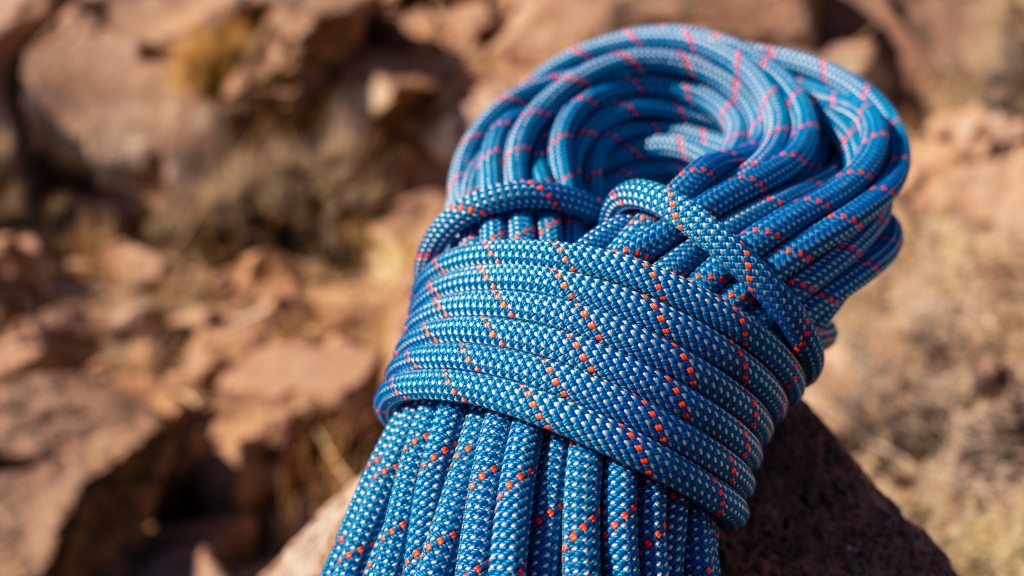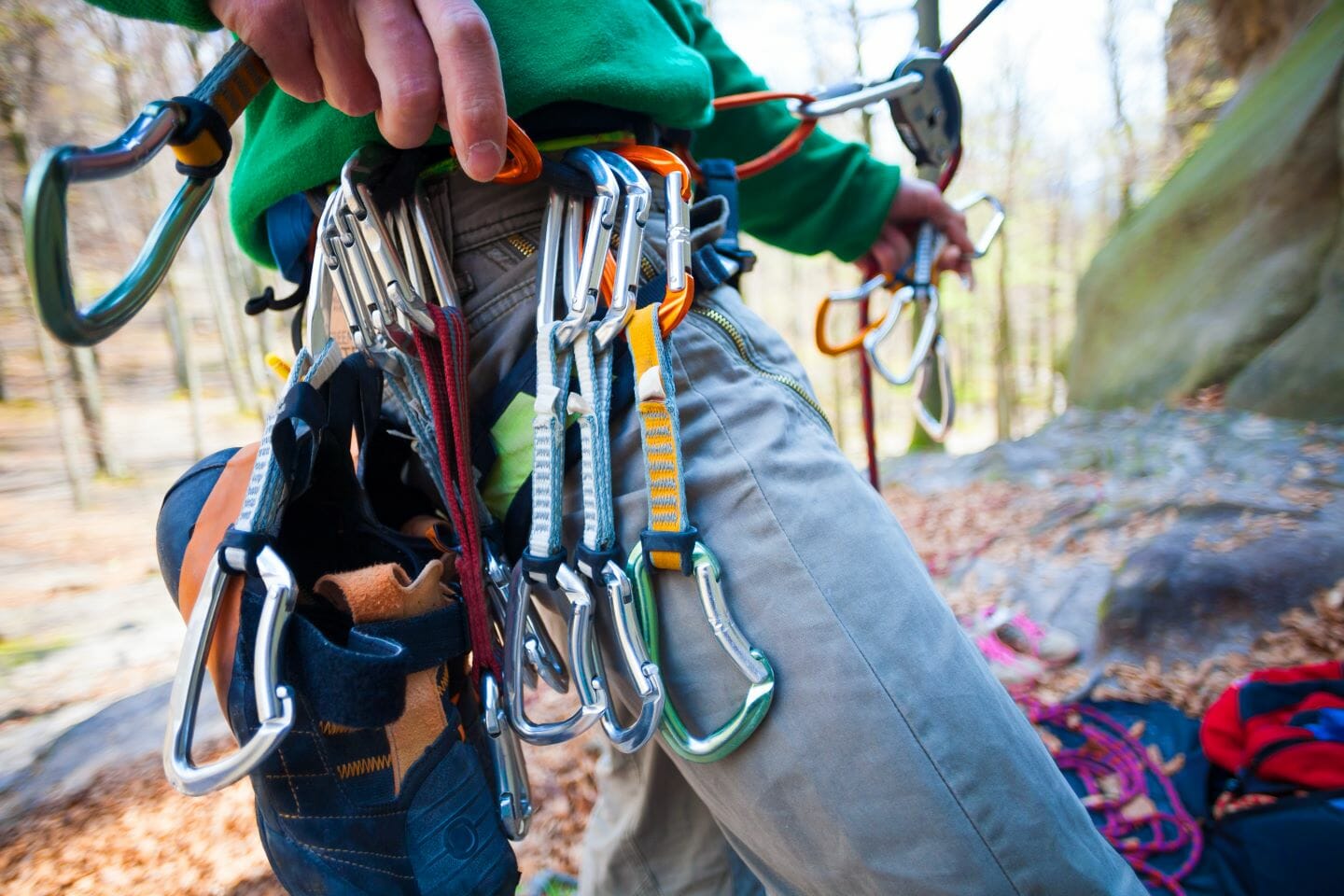When to Retire Your Climbing Rope: A Climber's Guide for Safe Ascends

There's something special about a new climbing rope. It's not just its sleek appearance or smooth handling, but the sense of security and reliability it brings. As time goes by, though, every climbing rope begins to show signs of wear, losing that initial sheen and becoming harder to manage. Deciding when to retire your rope is not an easy task, but it's a crucial one. In this guide, we'll walk you through understanding the life expectancy of your rope and the tell-tale signs that indicate it's time for a change.
Understanding the Life Expectancy of a Climbing Rope
Imagine a climbing rope as a loyal companion on your vertical journeys. Just like any good partnership, its lifespan varies based on how it’s treated and used. Different brands provide general life expectancy guidelines, but these are just starting points. For instance, a standard 9.5 – 10 mm single rope may last differently under various conditions. It's important to note that even ropes that sit unused have a shelf life. Over time, the nylon fibers weaken, leading to a recommended retirement after about a decade, even if the rope hasn't seen much action.
Data provided by Mammut and BMC (Similar to Edelrid, Sterling and Petzl)
The Crucial Role of Abrasion and Impact Absorption
Climbing ropes face two primary foes: abrasion and impact. The more a rope rubs against rough surfaces, the more it frays. This fuzziness isn’t just about looks; it's about safety. A heavily abraded rope is more susceptible to snapping over a sharp edge. Likewise, every fall stretches your rope, impacting its ability to absorb future shocks. While ropes are resilient, their shock absorption capability lessens with each significant fall, especially those above a fall factor of 1.

Considering the Climbing Style and Environmental Factors
Your climbing style plays a significant role in your rope’s wear and tear. Pushing limits on sport routes or adventuring on trad climbs affects the rope differently. The environment adds another layer of complexity. Harsh rock types like granite or coarse sandstone accelerate abrasion compared to smoother rocks. Also, environmental elements like water and dirt can age your rope prematurely. A dry-treated rope might be a good investment if you frequently climb in wet or dirty conditions.
When to Bid Farewell to Your Rope
Spotting the signs of a rope in need of retirement is key. Severe fuzziness, sheath slippage, core shots, and flat spots are clear indicators that your rope’s climbing days are over. Sponginess or stiffness in the rope, especially if it persists after drying or washing, can also signal deep-set damage. And don’t overlook burns; a rope with even a small burnt section might be compromised beyond safe use.

Maintaining Your Climbing Rope for Longevity
Proper care and maintenance can significantly extend the life of your climbing rope, ensuring it stays reliable for as long as possible. Always store your rope in a cool, dry place, away from direct sunlight and chemicals, to prevent degradation of the nylon fibers. Regularly clean your rope using a mild rope cleaner or gentle soap to remove dirt and grime, which can accelerate wear. After each climb, inspect your rope for any signs of damage, and coil it loosely to avoid kinks and twists that can strain the core. When climbing, use a rope bag or tarp to keep it off the ground and protect it from abrasive surfaces and moisture. Remember, the way you treat your rope on and off the crag not only impacts its performance but also your safety. By nurturing this vital piece of equipment, you ensure many more successful and safe climbs.
Deciding when to retire your rope might feel a bit like saying goodbye to an old friend. It’s not just about acknowledging its faithful service but also about ensuring your safety on future climbs. Regular inspection, understanding the risks, and being mindful of the rope's age and wear are essential practices for every climber. When it comes to climbing ropes, it's better to retire them a climb too early than a climb too late. Remember, every rope tells a story, and recognizing when that story ends is part of the journey.
- Tags: Climbing Skills and Tips







